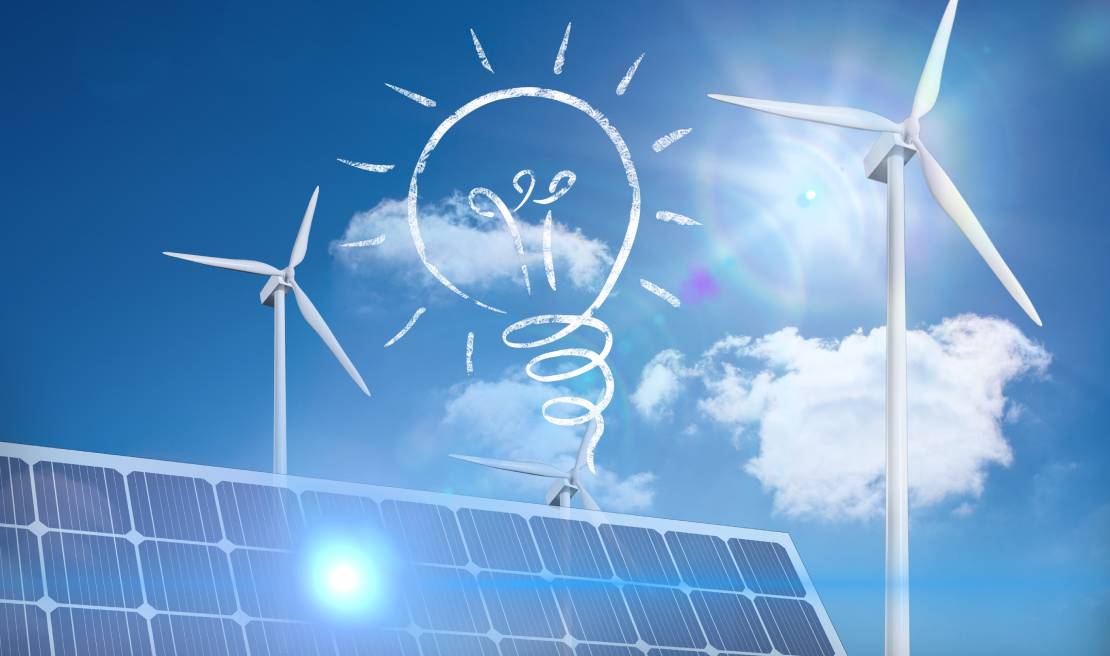On April 7–9, 2025, the Balticbeat team visited selected energy cooperatives operating in the southern provinces of Poland. The purpose of the visits was to learn about good practices and experiences of local governments and institutions that have decided to jointly produce renewable energy in a cooperative model. Most of the entities visited were cooperatives established by local authorities and public institutions.
The first meeting was held with an energy cooperative established in 2024. Already in April, the cooperative began producing and distributing solar energy to its members, including a municipal services company, a water supply and sewage company, and a sports and recreation center.
The next stop was a visit to one of the first inter-municipal energy cooperatives in Poland, operating on the border between two municipalities. The project was initiated by local authorities in cooperation with a municipal company. It took only six months from the idea to registration. The cooperative plans further development, including the connection of new municipalities and investments in biogas plants and wind farms, which will stabilize energy production.

In Silesia, the Balticbeat team visited an energy cooperative established thanks to the active involvement of local authorities and cooperation with the initiators of one of the first regional initiatives in the field of renewable energy.
In Małopolska, a visit was made to an energy cooperative bringing together a local government unit, cultural institutions, and schools. Its activities are focused on integrating local government entities around the common goal of producing clean and affordable energy.
Representatives of all the cooperatives visited unanimously emphasized that the overriding goal of their activities is to reduce energy costs and achieve energy self-sufficiency.
In their long-term plans, the cooperatives intend to expand their membership, including public buildings, and invest in new renewable energy installations, such as photovoltaic farms, biogas plants, and wind farms.
A report on the in-depth interviews will be available soon.






